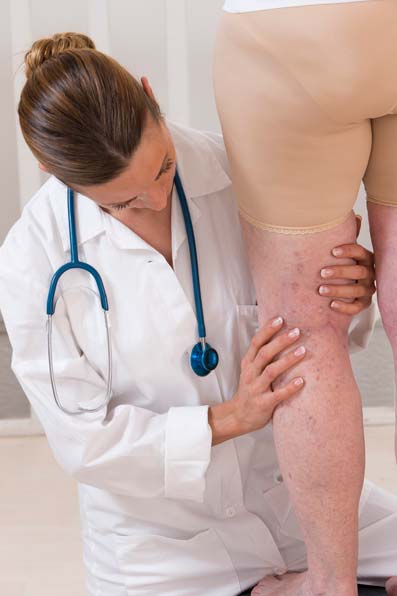Introduction
Varicose veins are enlarged veins with retrograde blood flow
- Varicose veins are enlarged veins with retrograde blood flow
- It is an inherited disorder that is chronic and progressive
- While arteries carry blood from the heart to all tissues and organs, veins serve to transport blood back to the heart. To perform that efficiently against gravity, veins have one-way valves. When the valves malfunction,
blood flow is impaired and the veins enlarge - The abnormal veins are named after their size with the smaller called spider veins and the largest called varicose veins
- The lower limbs are the commonest site to suffer from varicose veins
- The veins of the lower limb can be divided into three groups: superficial (closest to the skin surface but still not visible), deep (closer to the bone) and a third group called perforators (perforate the muscles to connect the two groups)
- The commonest veins to be affected are the superficial veins
- In addition to the anatomically known veins, a percentage of patients have duplicate or accessory veins that could get affected and increase the number of sessions/treatments
- Around the ankle particularly on the inner aspect, clusters of small veins, discolouration and ulcers are progressive indicators of chronic venous disease

